One of the benchmarks for music education is responding to music. It’s not only important to help expose students to all kinds of music, but also to help them develop language for describing music. But there is definitely more than one way to respond. Here’s three ways to break down responding to music to make each listening lesson a little different.

Elements/Analysis
This is probably the easiest way to get students to respond. What do you hear? Is it loud or quiet? Is it fast or slow? The older they get, the more detailed their descriptions can be but even midway through the year, Kindergarteners are able to find the words for some of these more basic descriptions. They can respond with an analysis of what they hear.
Questions to help students come up with the right answers should be clear, and especially in the beginning, worded with the options in the question. Example: “Is this music loud or quiet?” instead of “What are the dynamics?”
Pictures/Imagery
This is probably the first steps to getting students to describe what they feel. Program music is great as a first step for this. It doesn’t need to be exactly on the head, but should be “figure-out-able” from the title.
- The Typewriter: https://www.youtube.com/watch?v=g2LJ1i7222c&t=1s
- Carnival of the Animals
- The Wild Horseman: https://www.youtube.com/watch?v=qZ1OJyQYZzw
- River Flows In You https://www.youtube.com/watch?v=7maJOI3QMu0
- Take the A Train: https://www.youtube.com/watch?v=cb2w2m1JmCY
This is a great place to have students respond by drawing a picture, or what they hear in the music. As they get more experienced, you can have them draw ‘what they think they hear’ when it isn’t as guided by the title.
Feelings
This seems like the easiest but it’s DEFINITELY the hardest. Students don’t want to go for the descriptive words but it can get easier if you give students a word bank. Even with my middle school band and choir kids, a word bank was helpful for them to find descriptive words to describe the music. It can be as simple as happy, sad, mad, or get into deeper descriptive words as your students vocabularies grow.
Somethings to Help
Listening Worksheets
These listening responding worksheets have 27 different pages with a variety of ways to respond to help keep listening fresh for all ages of students.
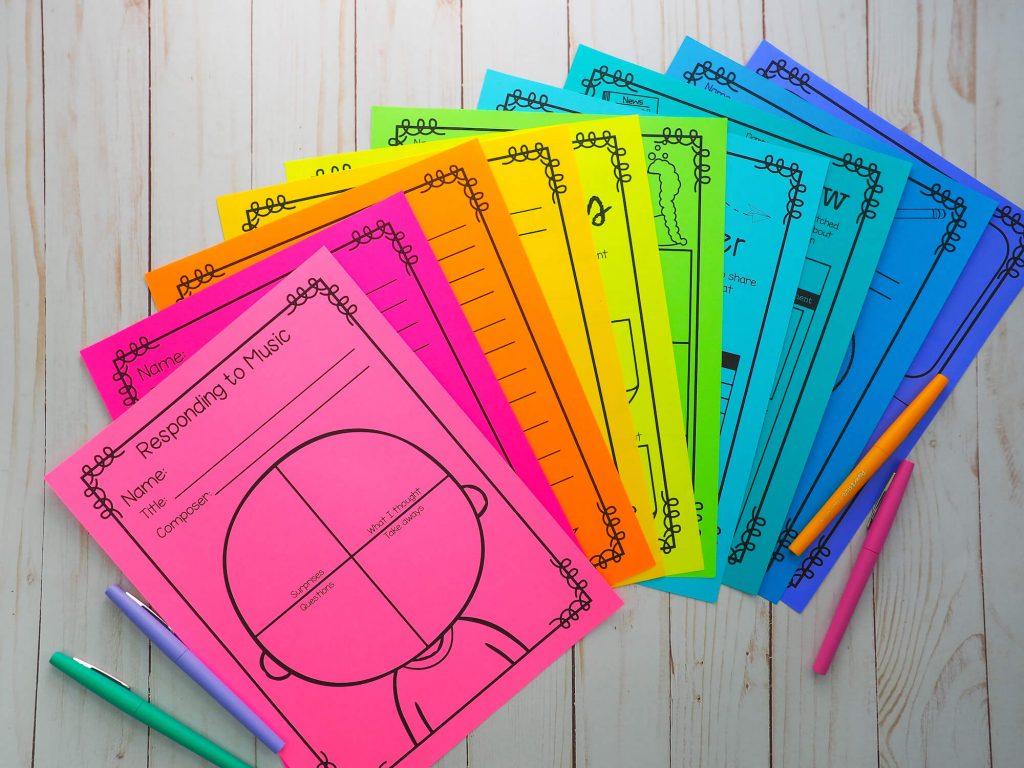
Words to Describe Music
This set has 250 words to help students find the words to describe music. It includes 14 guided questions to help them find the words, a rubric, as well as 10 worksheets for them to respond.

I hope that this post has given you some ideas of how to help your students respond to music!


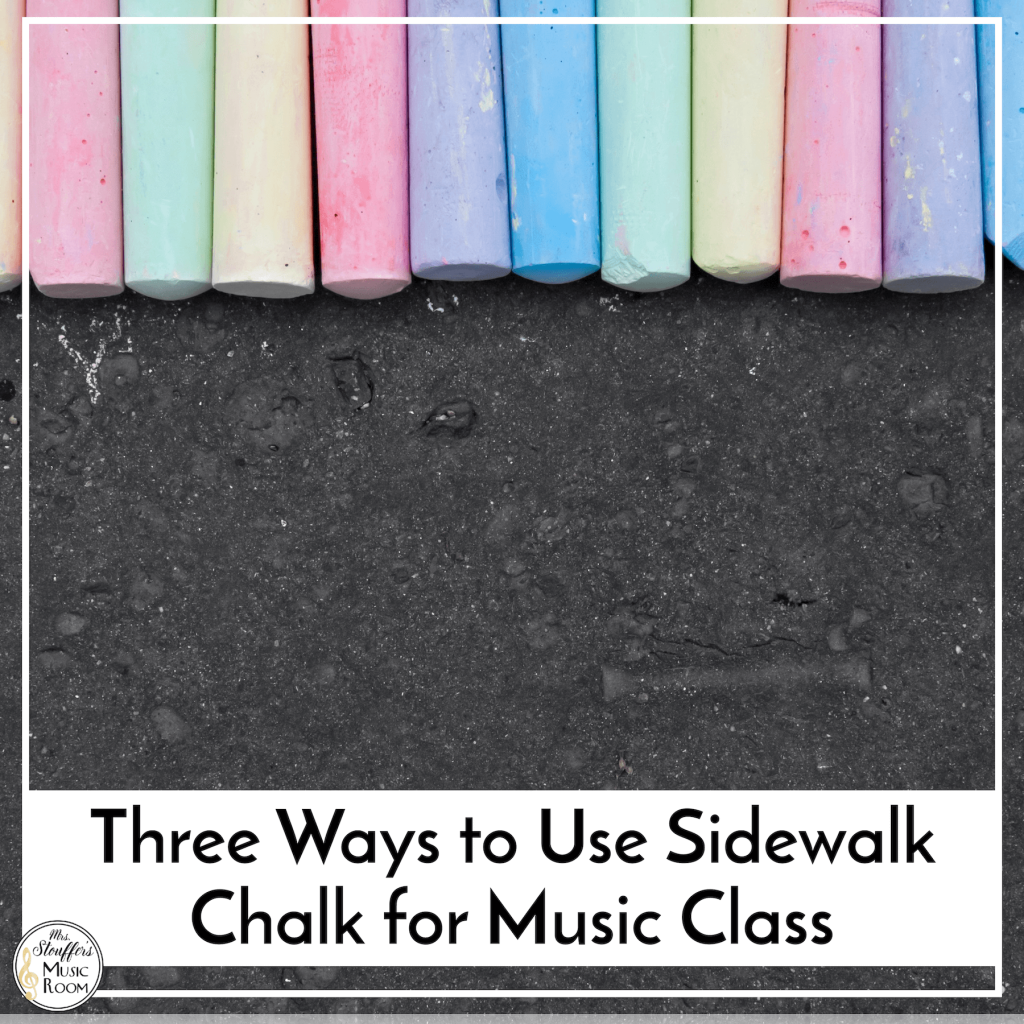

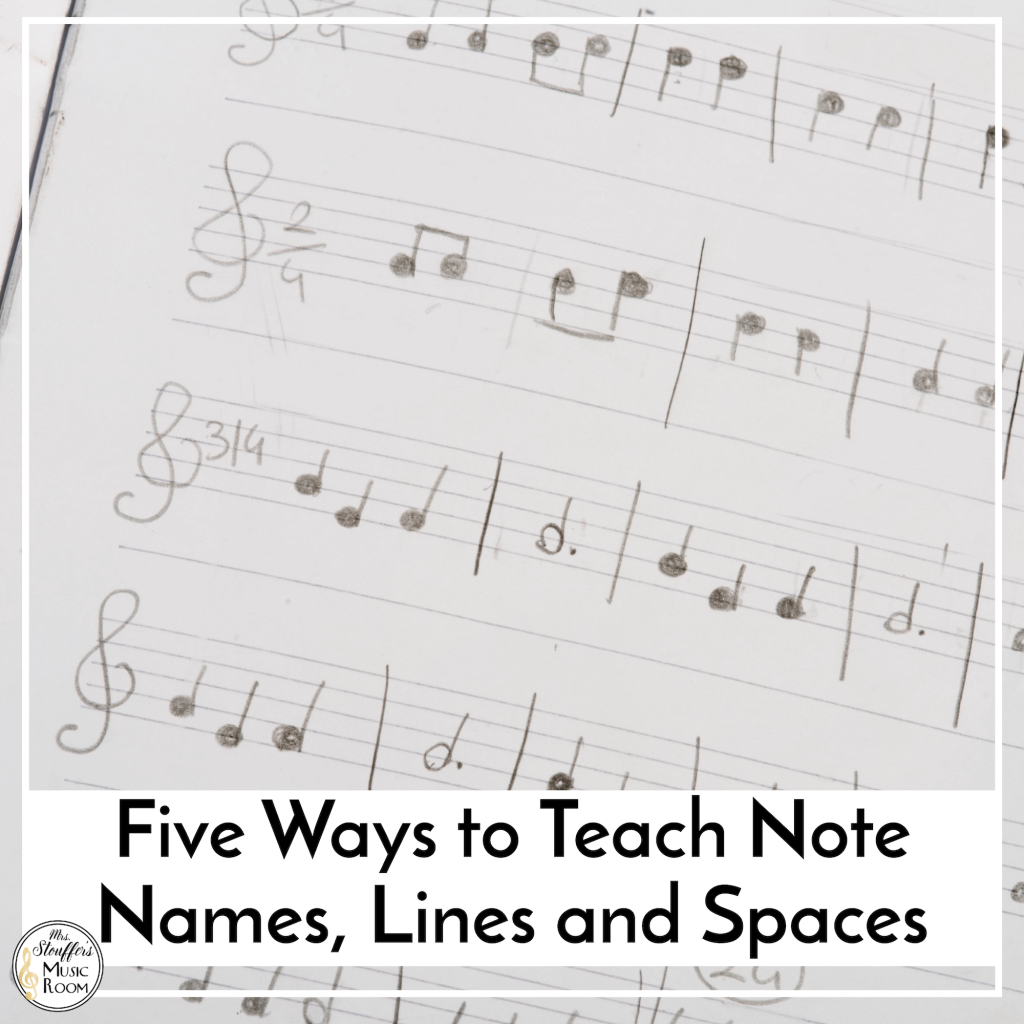
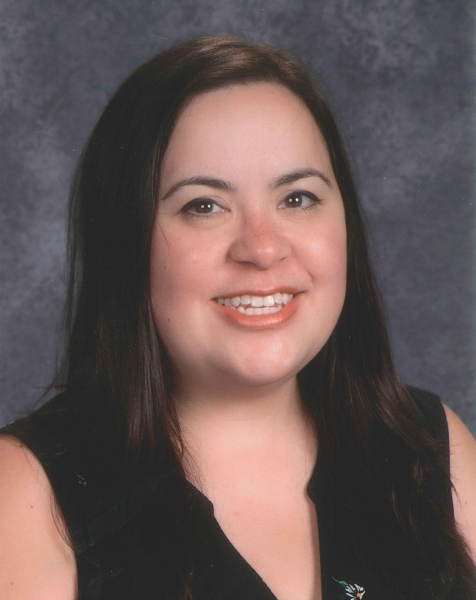
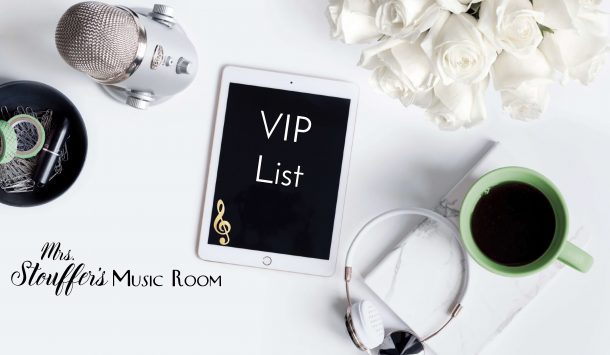
I really loved these ideas for your early k-12 grade students. I am in a higher education music here at the university with our composers and musicians. These are great ideas.
I’m so happy to hear this! I hope it can give your students some ideas!